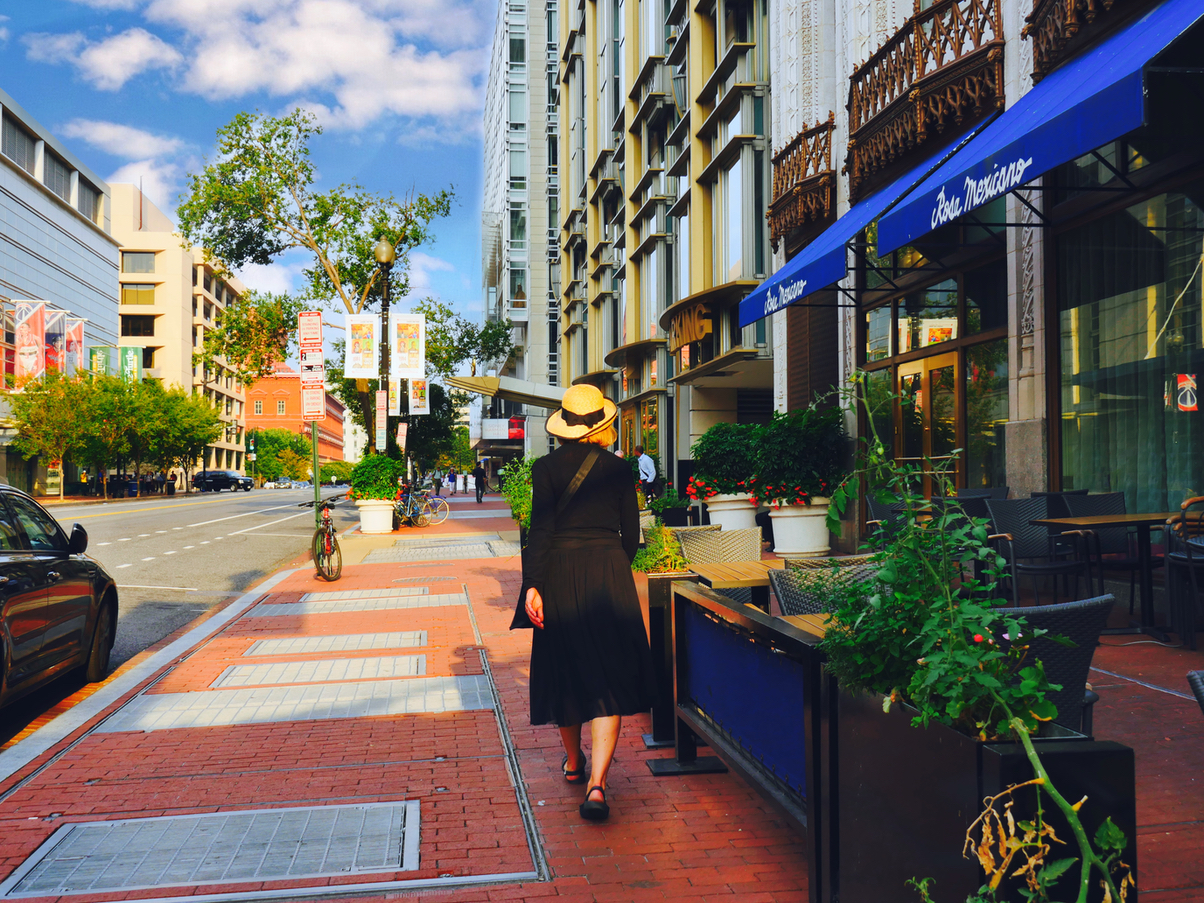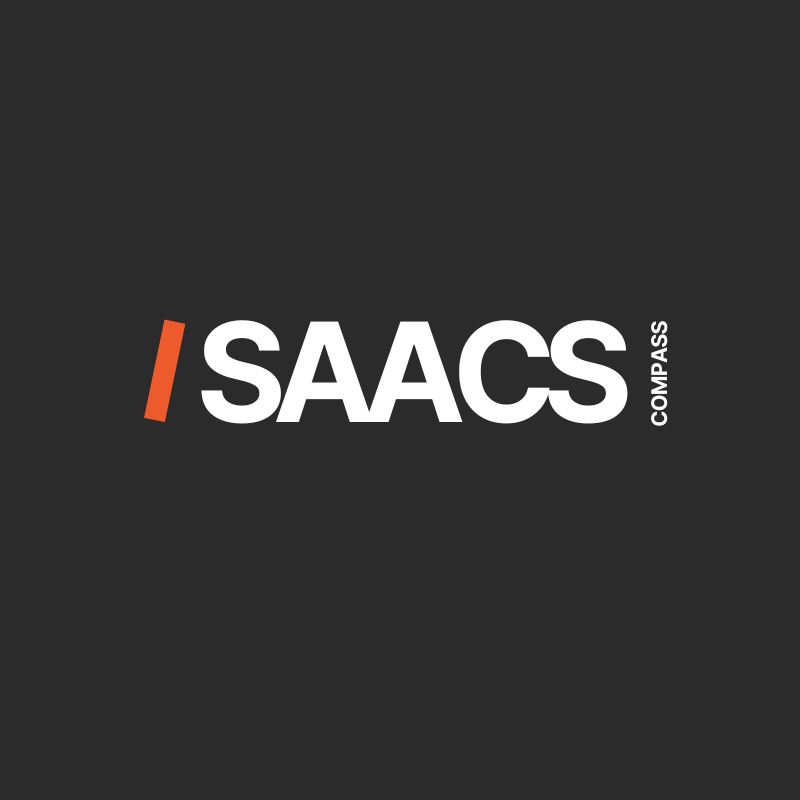Penn Quarter Neighborhood
The colorful Penn Quarter neighborhood offers a wide variety of restaurants, theaters and entertainment venues, museums and art galleries.

Penn Quarter is a vibrant and dynamic neighborhood known for its historical significance, cultural attractions, and urban energy. Once an industrial and commercial hub, Penn Quarter has undergone significant revitalization, transforming into a lively residential and entertainment district.
The neighborhood is home to iconic landmarks such as Capital One Arena, the International Spy Museum, and historic Ford’s Theatre. Penn Quarter’s central location, with easy access to the National Mall and numerous dining and shopping options along its bustling streets, makes it an attractive destination for residents and visitors alike.
The real estate market in Penn Quarter reflects the neighborhood’s urban revival, offering a mix of contemporary condominiums, lofts, and historic buildings that have been converted into stylish residences. The demand for real estate in Penn Quarter has grown steadily, driven by the area’s cultural amenities, proximity to downtown offices, and a thriving arts scene.
Why We Love It
- Vibrant and busy
- Shaw & Downtown amenities
- Many dining options
- Transportation options
- Proximity to City Center
Nearby
- The Yards
- The Wharf
- Capitol Hill South
- Barracks Row
CAREN L
While other agents said, “This is what you need to do;” The Isaacs Team said, “We can do this for you!” Our process was smooth and quick, and they designed a strategy and negotiated a sale well above our asking price; and a purchase price below asking – both in the same market.
Penn Quarter Market Data
Penn Quarter History
PADC
Chinatown 華府華埠
Sources: Wikipedia, Library of Congress
Penn Quarter Schools
THOMSON ELEMENTARY
Public • Grades PK-5
JEFFERSON ACADEMY
Public • Grades 6-8
FRANCIS STEVENS SWW
Public • Grades 9-12
